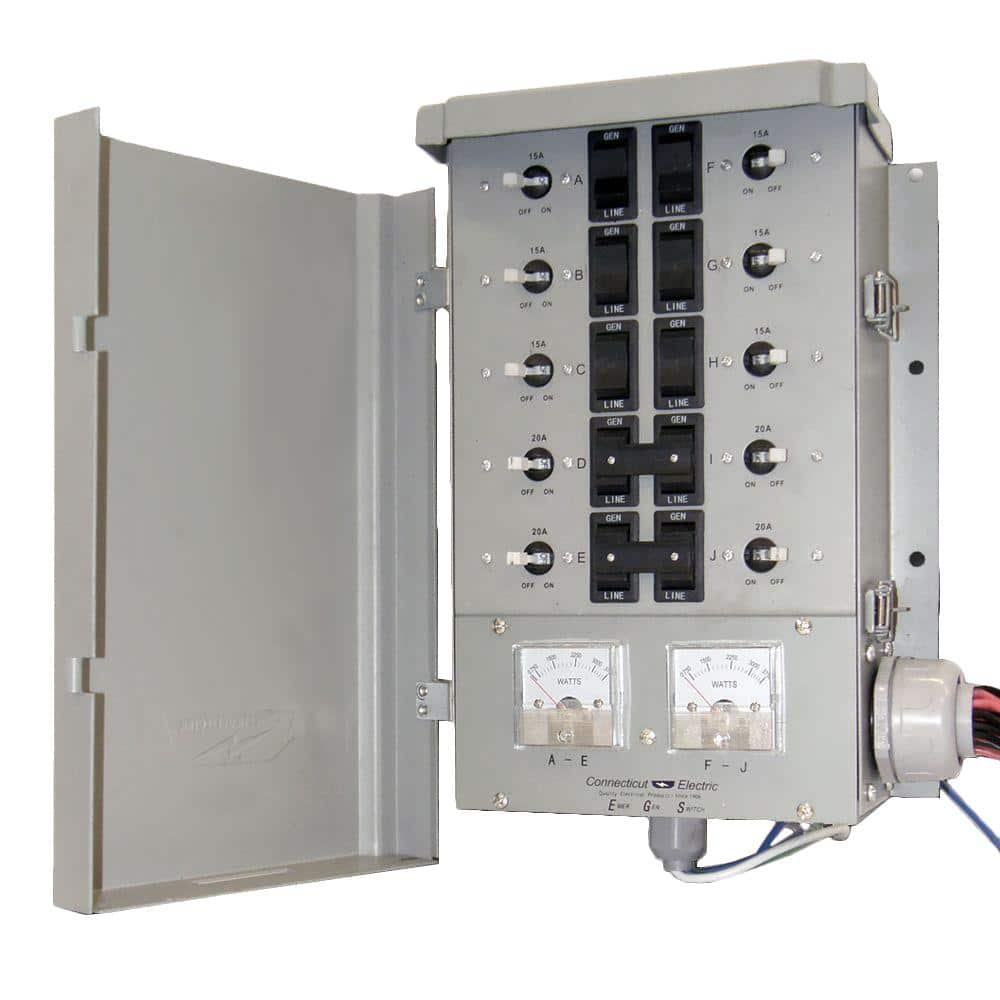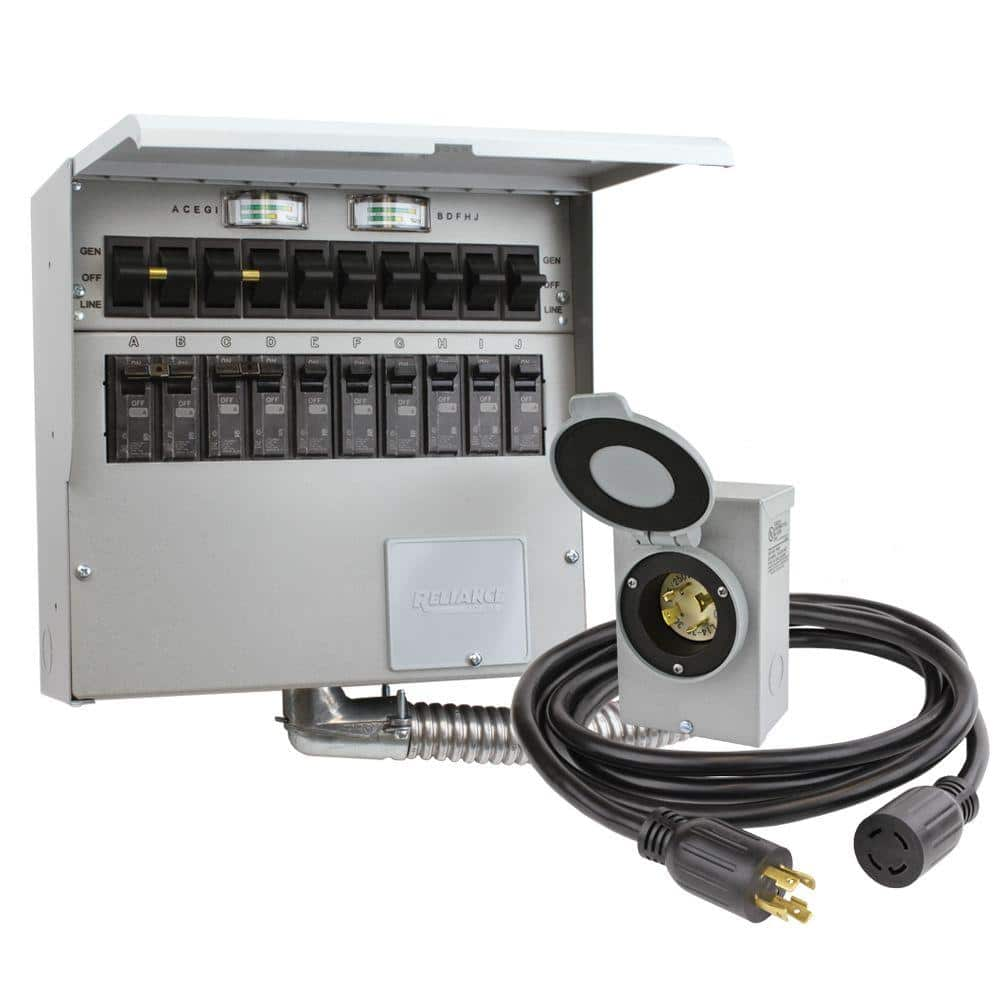TheHappyNomads
New Member
I'm trying to finalize documents to submit for a permit in my city (Hayward, CA) but am trying to figure out what exactly I need to include when it comes to disconnects and stuff. I am NOT interested in a grid-tie system but simply want to reduce my grid consumption by eliminating EV charger and electric dryer from my main service panel. On the example diagrams they're asking for A/C disconnects between the inverter and main service panel but I wouldn't need that correct? I don't want to include unnecessary elements in the design to reduce complexity.
Here's my plan:
(8) 415w panels feeding (2) LV6548s feeding a ~30kwh battery bank (we are putting an addition on our house and so I will have room in the future to add more panels if desired)
All of this will feed an AC Load Center from/to which I will run service to my EV Charger and dryer receptacle.
I am planning on running a breaker from my main service panel to the 6548s so that during low PV production days I can recharge batteries overnight if desired.
Since I will not be feeding the grid at all I am assuming PG&E doesn't need to be notified or involved in the process and the permitting process will cover all my bases, correct? I looked around on the PG&E website but couldn't find any information so anyone with any experience \ knowledge would be great if I am not taking something into consideration.
Here's what I've got so far. Still need to get around to the single line diagram. Not going to include the wiring from the AC Load Center to the EV Charger or Dryer Receptacle.
Here's my plan:
(8) 415w panels feeding (2) LV6548s feeding a ~30kwh battery bank (we are putting an addition on our house and so I will have room in the future to add more panels if desired)
All of this will feed an AC Load Center from/to which I will run service to my EV Charger and dryer receptacle.
I am planning on running a breaker from my main service panel to the 6548s so that during low PV production days I can recharge batteries overnight if desired.
Since I will not be feeding the grid at all I am assuming PG&E doesn't need to be notified or involved in the process and the permitting process will cover all my bases, correct? I looked around on the PG&E website but couldn't find any information so anyone with any experience \ knowledge would be great if I am not taking something into consideration.
Here's what I've got so far. Still need to get around to the single line diagram. Not going to include the wiring from the AC Load Center to the EV Charger or Dryer Receptacle.





